Latex-like fabrics
Not all latex that shines
It is very common to refer to latex as anything that is at least a little bit black and shiny. On some online portals, social media and the press, you can see headlines about celebrities “in sexy latex leggings.” The same is true of various online stores and auction sites, where the items sold are described as latex. Many times, in reality, it turns out that it has little to do with latex. What fabrics, pretend to be latex? How to recognize that we are talking about real latex?
The first and popular fabric today is faux leather, sometimes incorrectly called eco-leather. Such fabric can have varying degrees of shine. When a garment is made of a slightly shinier fabric (often called “patent leather”), and has a fitted cut, it can easily be called latex. However, it is usually polyurethane, sometimes polyester. Depending on the specific type of fabric, the garment may be more or less flexible. The fabric is not thin, in thickness it is usually similar to natural leather products. It also has normal seams known from ordinary clothes. We can find actually all garments made of this fabric
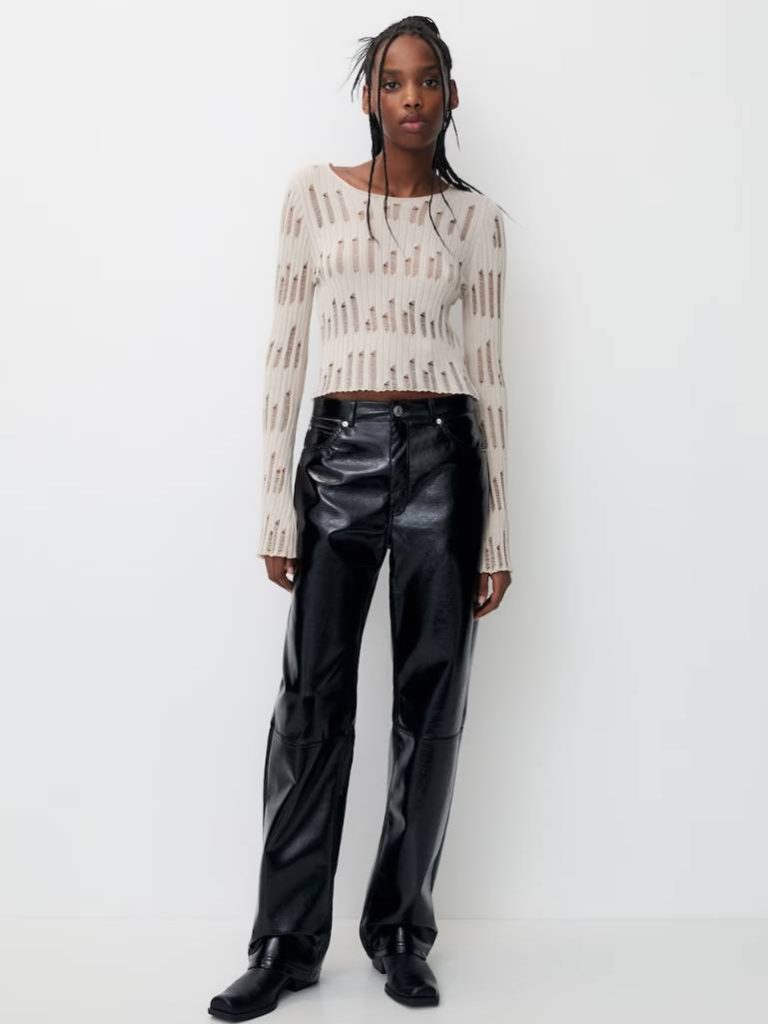
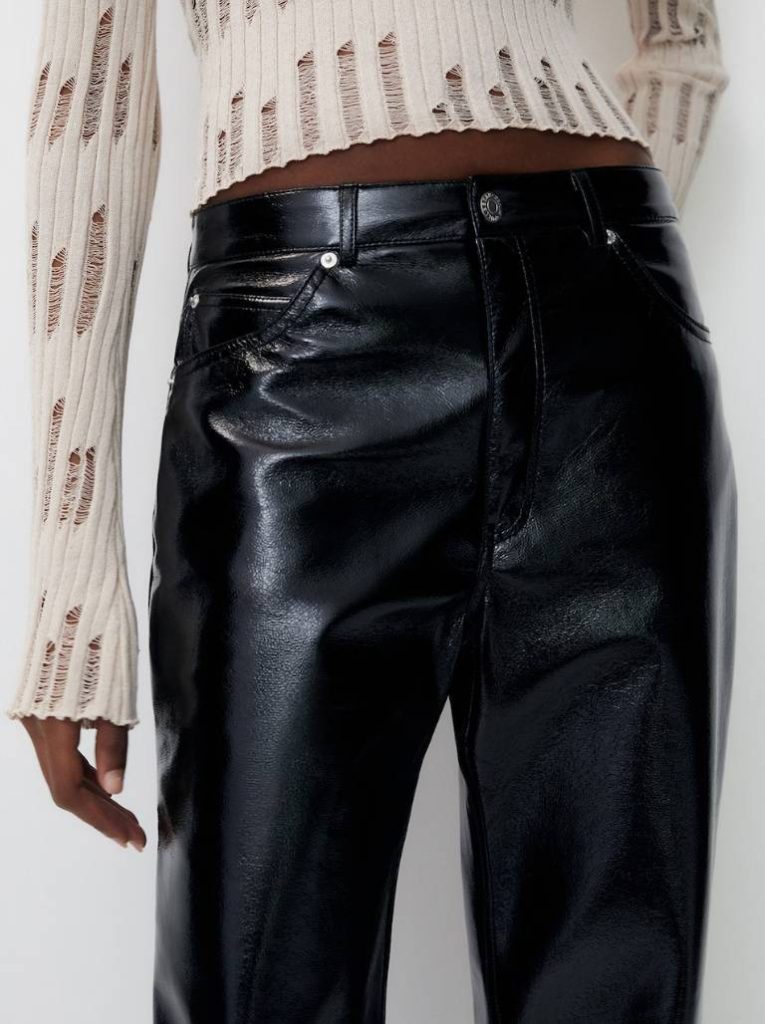
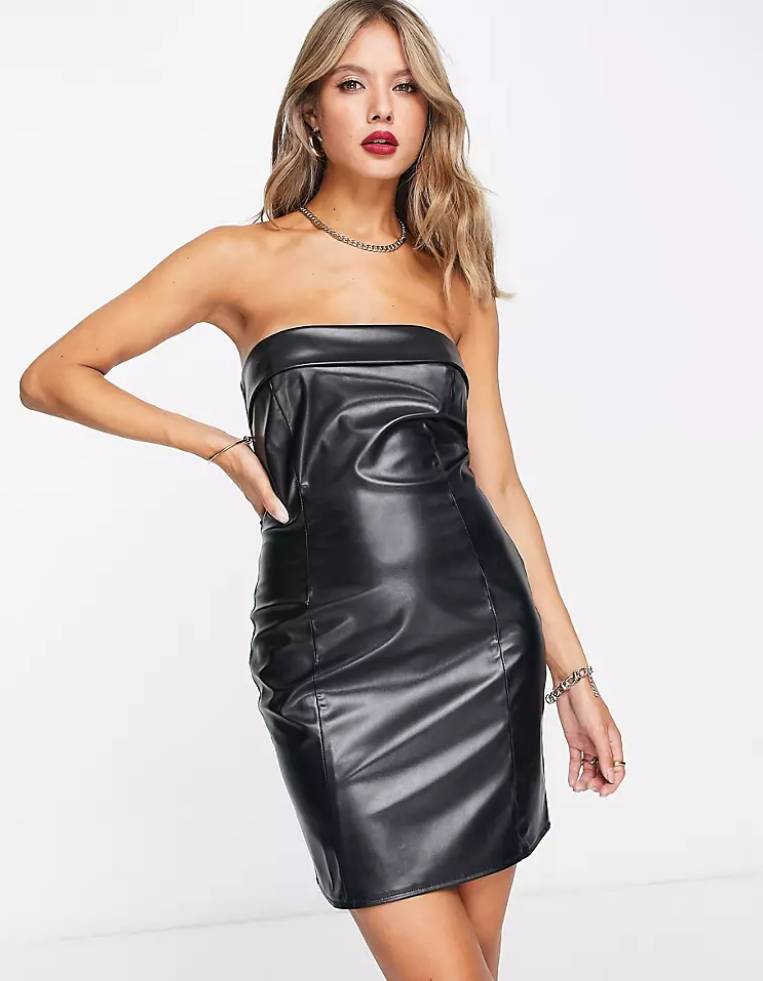

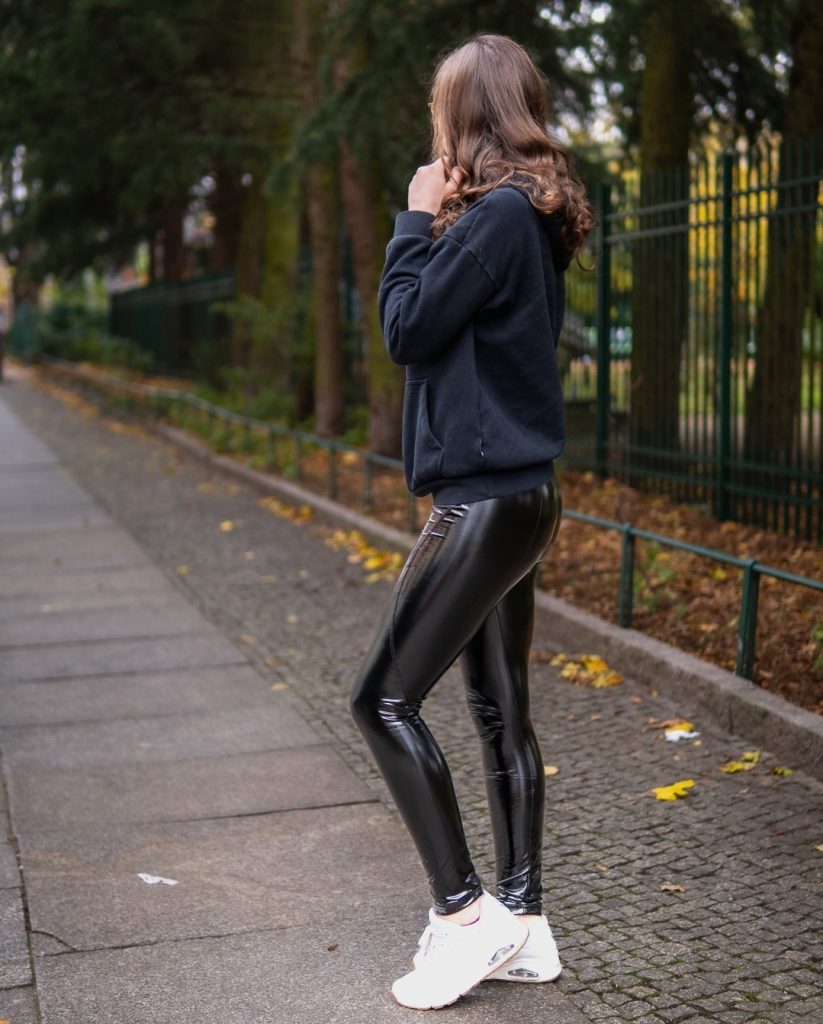

The second type of latex-like clothing are those referred to as wetlook, sometimes called vinyl. Here you will most often find leggings, bodysuits and entire suits. They are characterized by a good fit, thin fabric, high elasticity and partial shine. They are usually made of polyester with a large admixture of elastane or similar stretch fibers. Since the fabric is stretchy, we can usually easily see its structure. Even more so after stretching, the effect of the gloss is much less and we can see the structure of the fabric. This makes it so that despite the shine, there is no “mirror effect” here. In addition, you will find seams, which are generally quite long and thin, but nevertheless visible. Below are some examples of wetlook items.
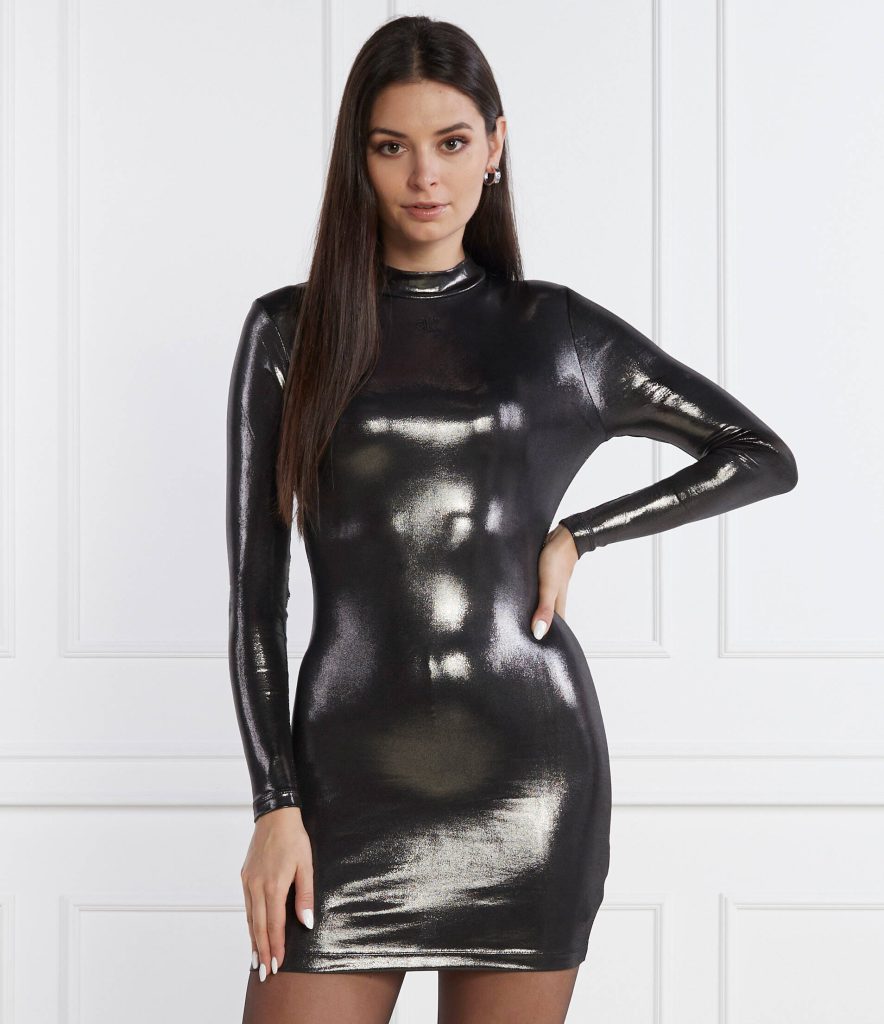
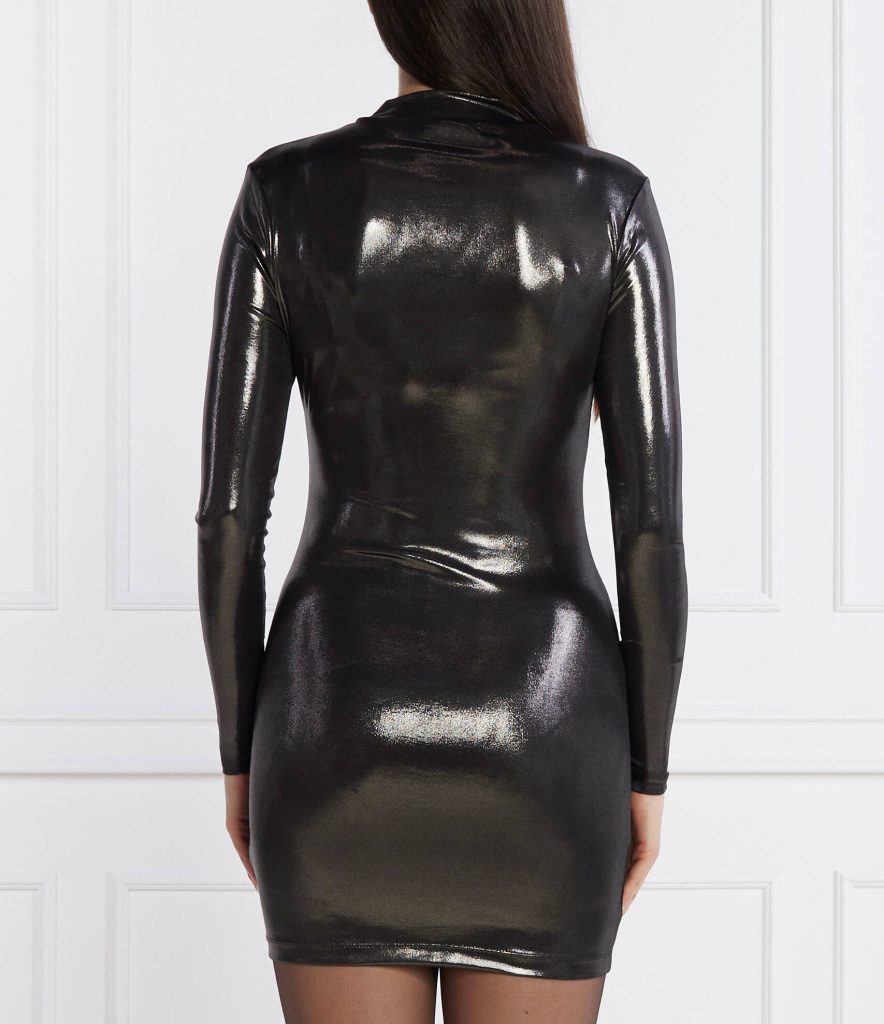
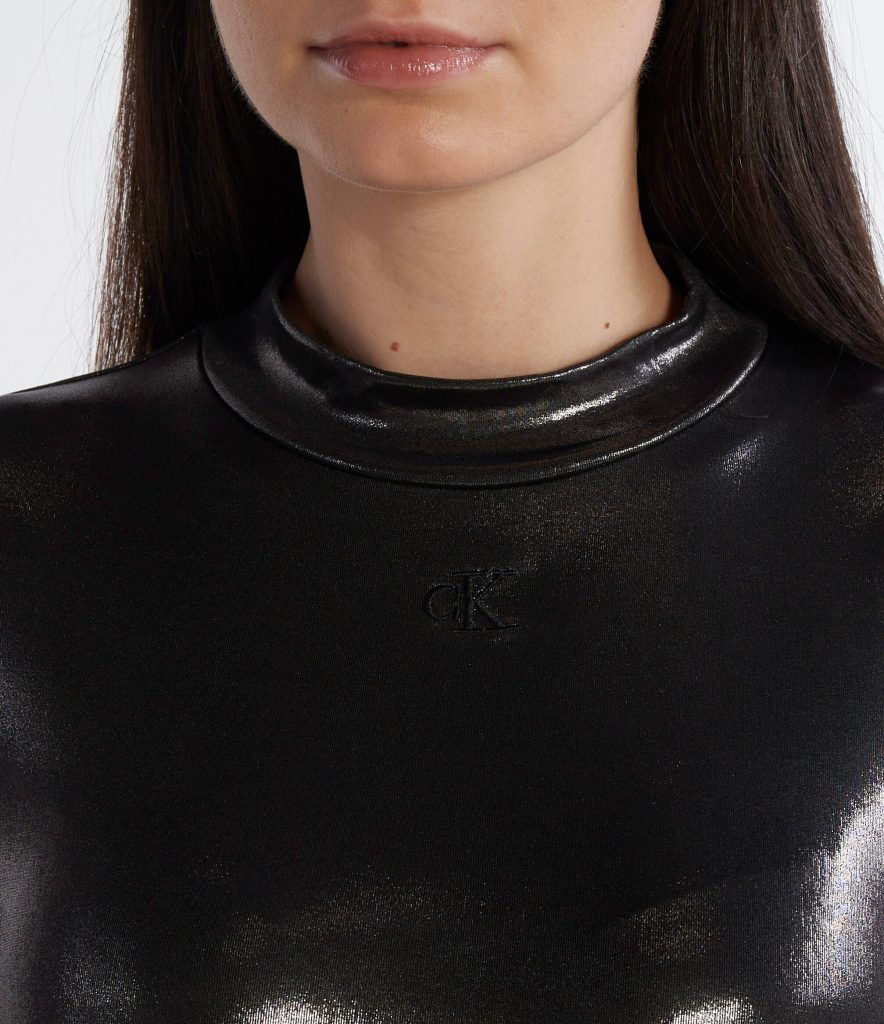
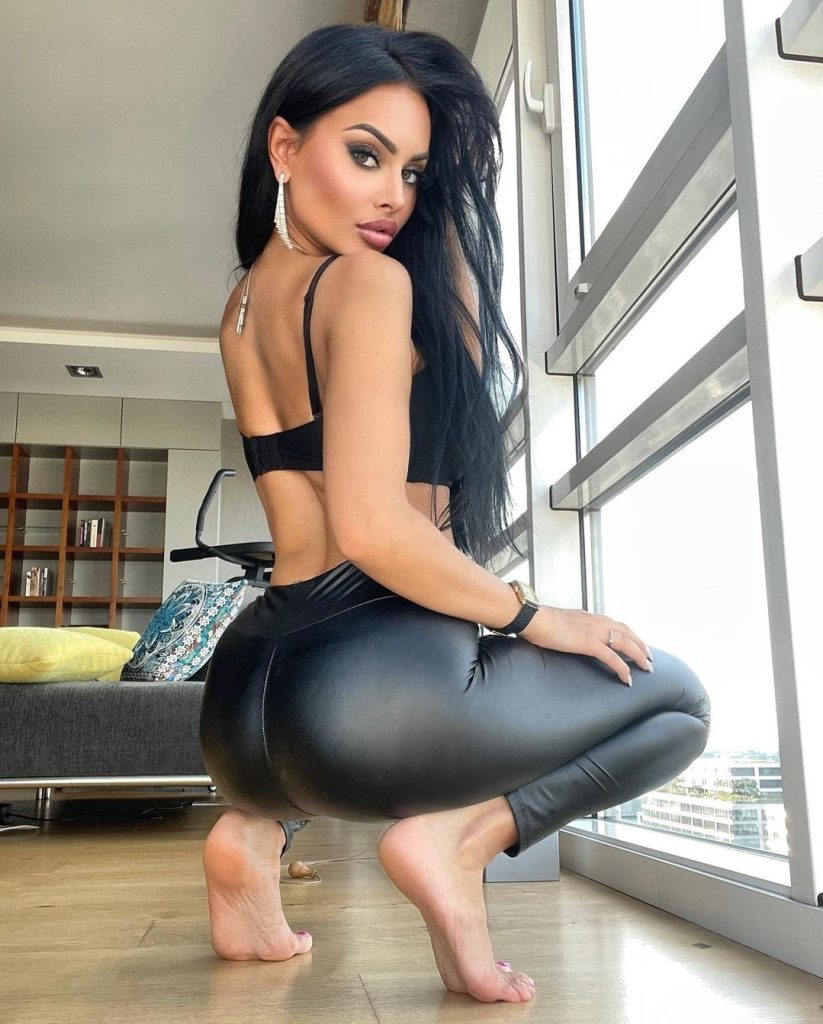
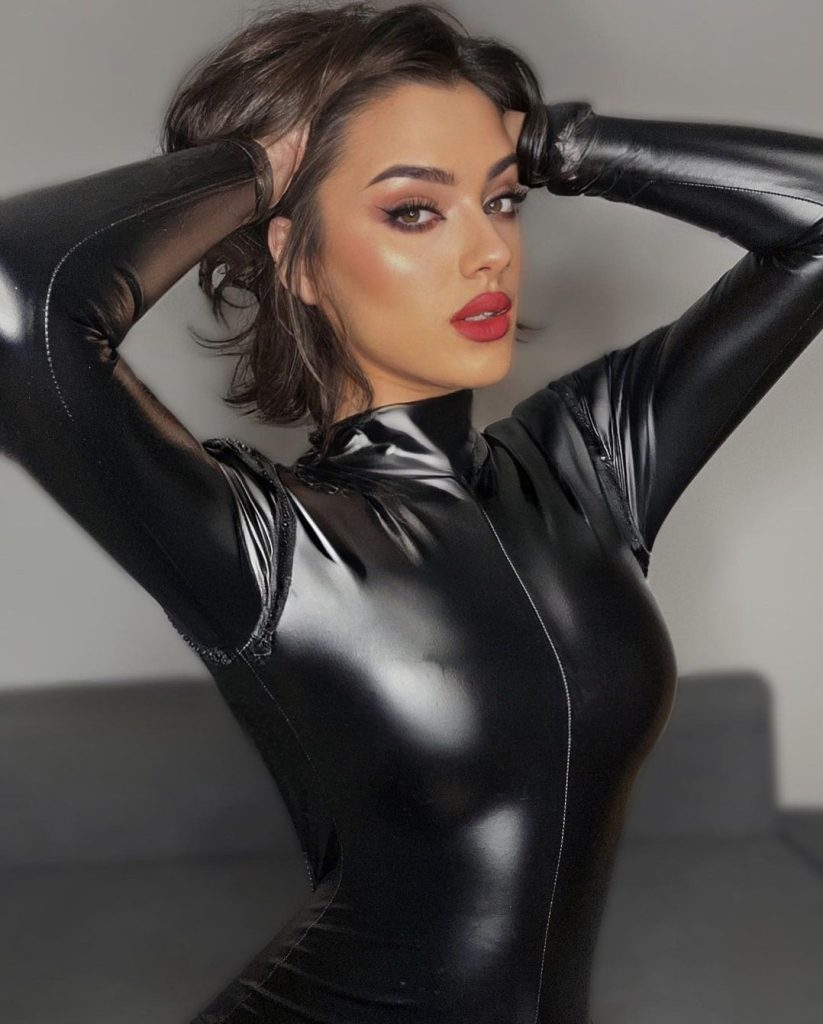
Finally, the third and probably most often confused with latex is vinyl (as above), lack or PVC (polyvinyl chloride). All items of clothing can be made from this fabric – pants, dresses, coats, bodysuits, shoes and much more. They usually do not stretch. The fabric from which they are made is polyester, polyamide, polyurethane and the like. They are characterized by a latex-like shine, very close to the “mirror effect”, so they can very much resemble latex. However, they do not have a form that perfectly hugs the body. Interestingly, this fabric is most often used for long boots worn along with latex or fetish outfits and for pole dancing. This is because latex shoes are a great rarity, and PVC allows to achieve a latex-like effect.
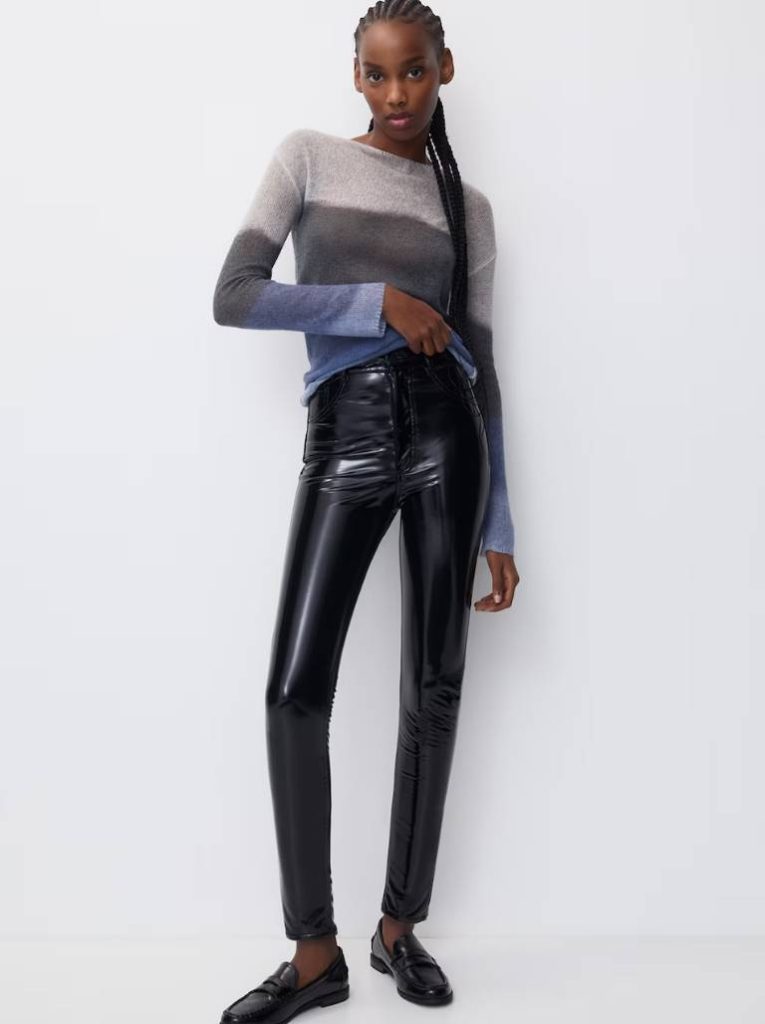
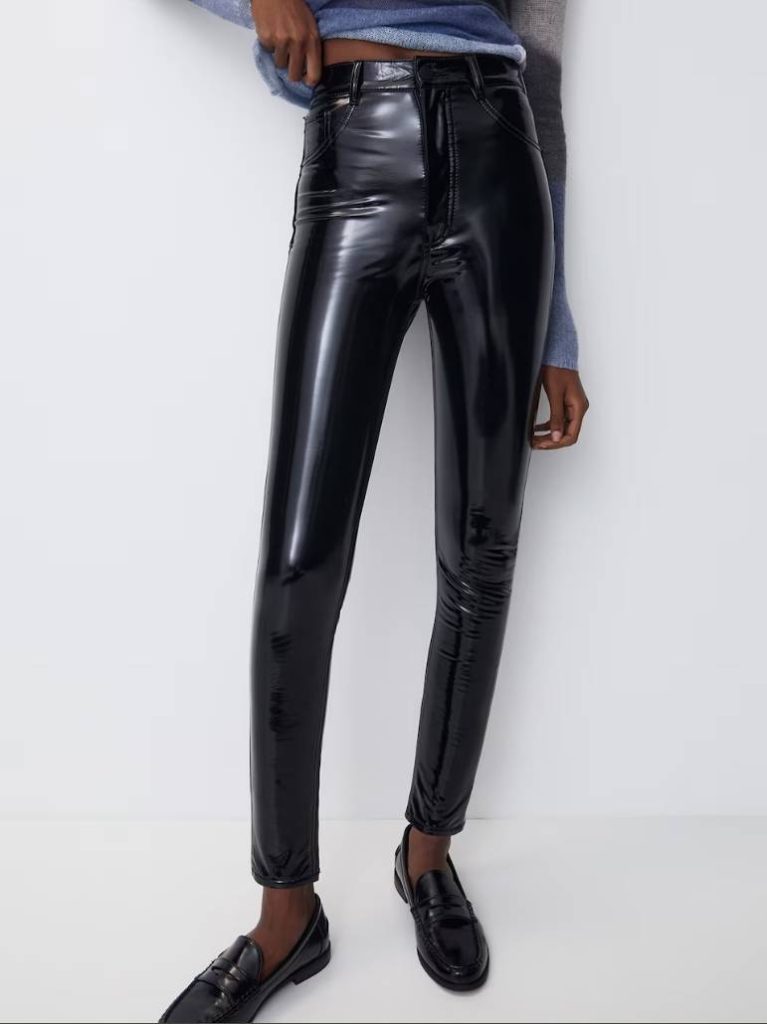
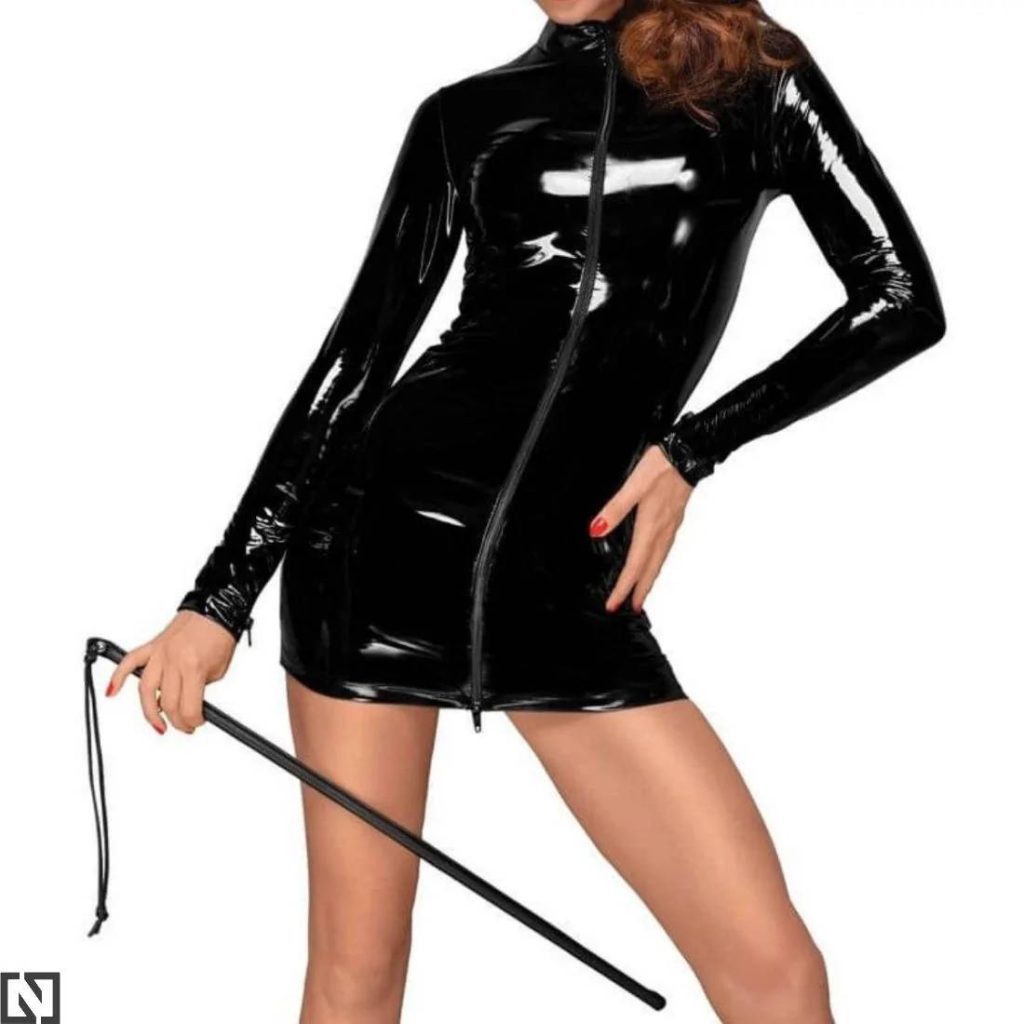
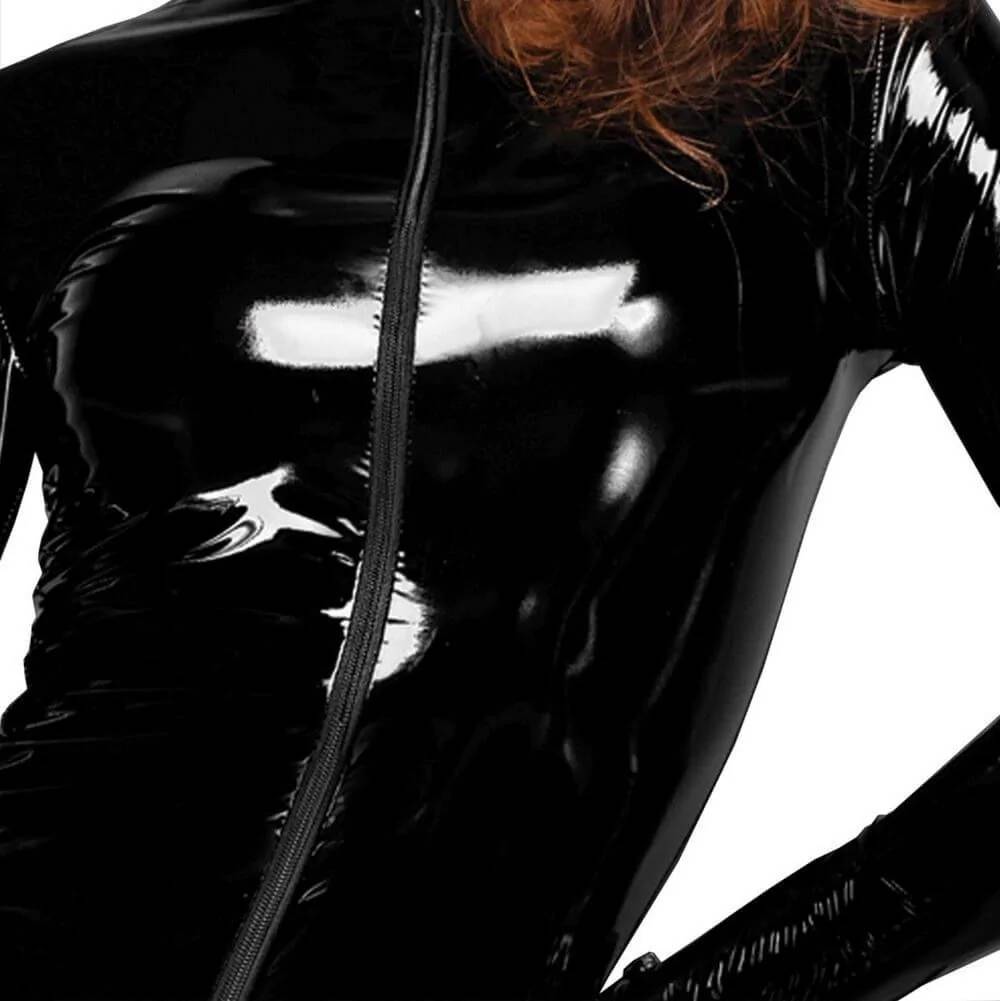
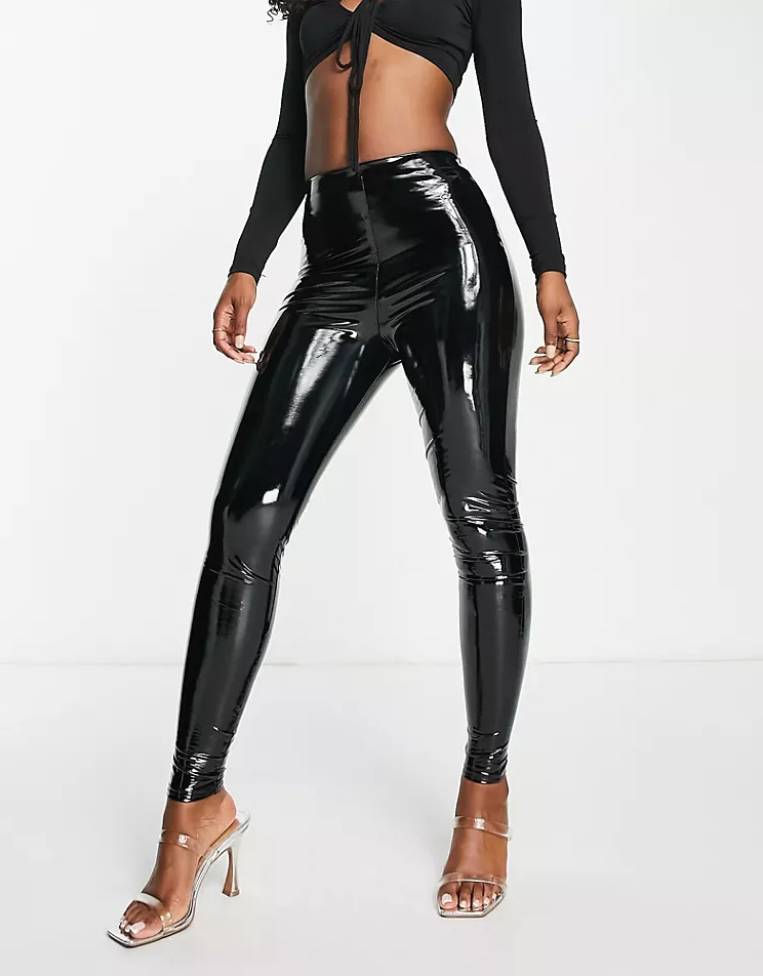
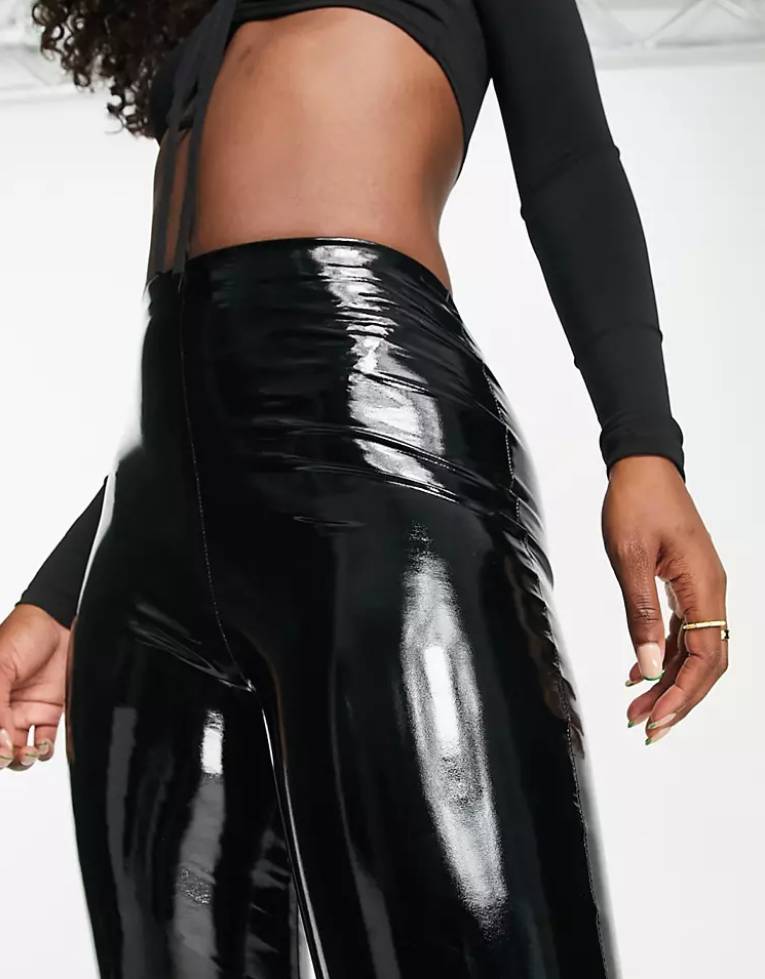
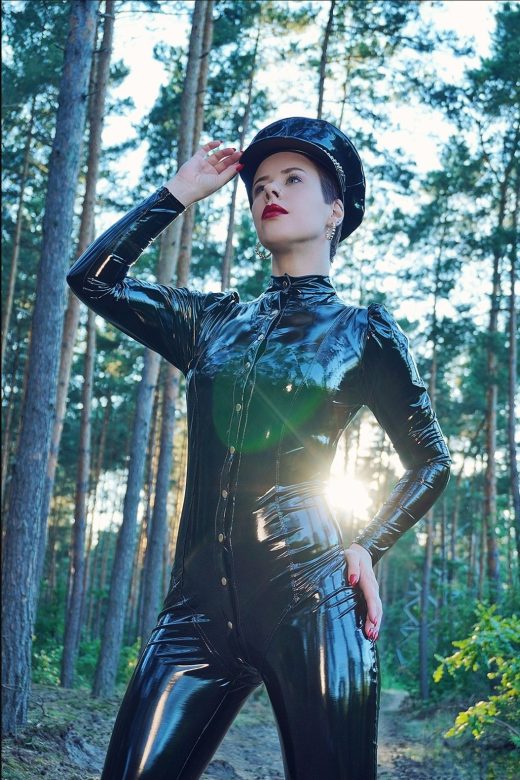
What is the difference between latex and other fabrics? First of all, you need to know the characteristics of latex. It is a rubbery fabric with very high stretchability (the thinner it is, the more flexible it is) and a uniform structure. This means that if you stretch latex, its surface and shine do not change (as long as it is well polished) – you can’t see the fibers and structure, it is still perfectly smooth. Clothes made of latex can therefore be, fitted or tight, and still stretch and look good. In addition, this fabric has the best shine of all, and can be polished to a perfect “mirror effect.” Both of these qualities cannot be found in any other fabric at the same time. It is also important to remember that the sensation of wearing latex and PVC/vinyl/wetlook clothing is different. Latex tends to create a sensation of hugging and wrapping the body and follows along with any movement. It makes a big difference when worn a little longer. Any non-latex fabric is fully artificial and based on polyester, polyamide, elastane and others. One can sometimes get the impression of wearing plastic. Latex, on the other hand, is a natural fabric and – although you can sweat in it – the sensation is quite different, much less unpleasant. Of course, clothes made of fabrics other than latex also have their advantages. These include, for example, a lower price, easier on and off, no need for gloss, and simpler care. They can work well for more casual occasions as well as those “on the glass”.
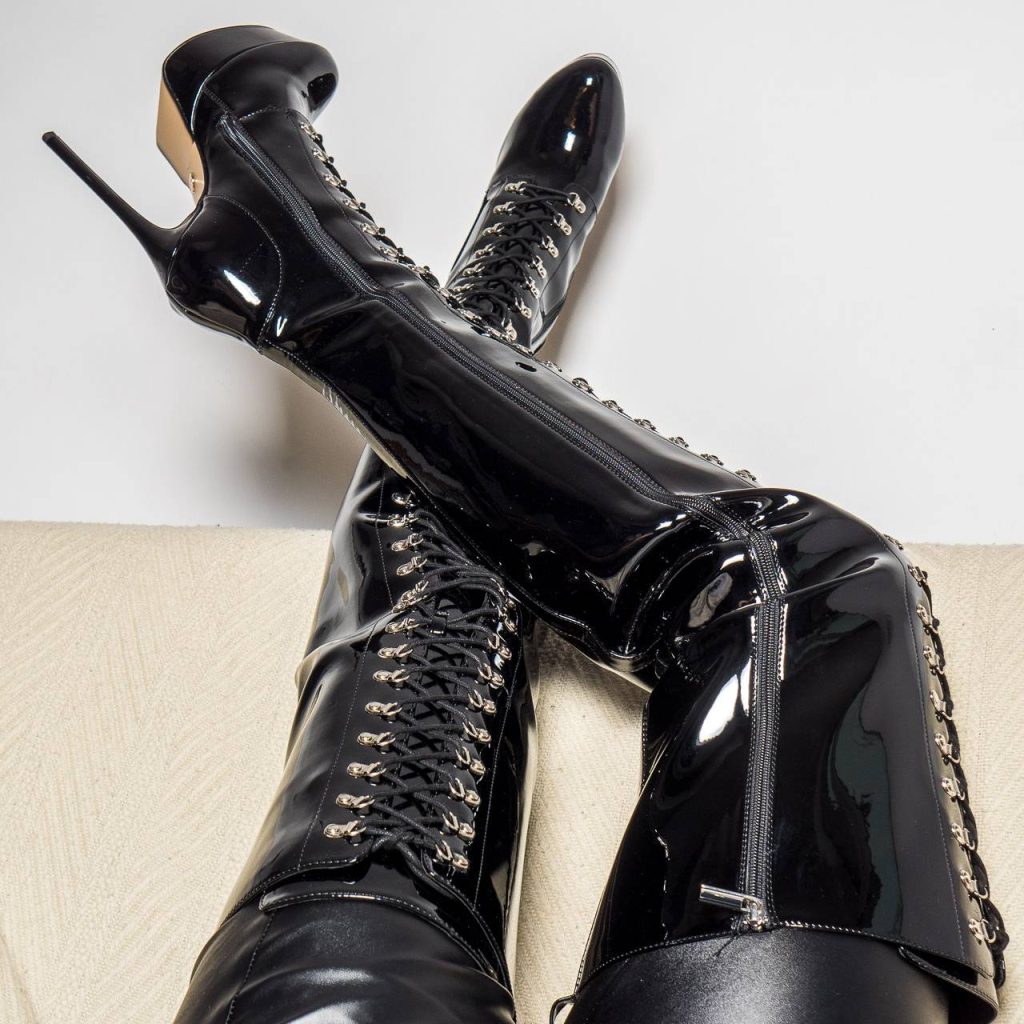
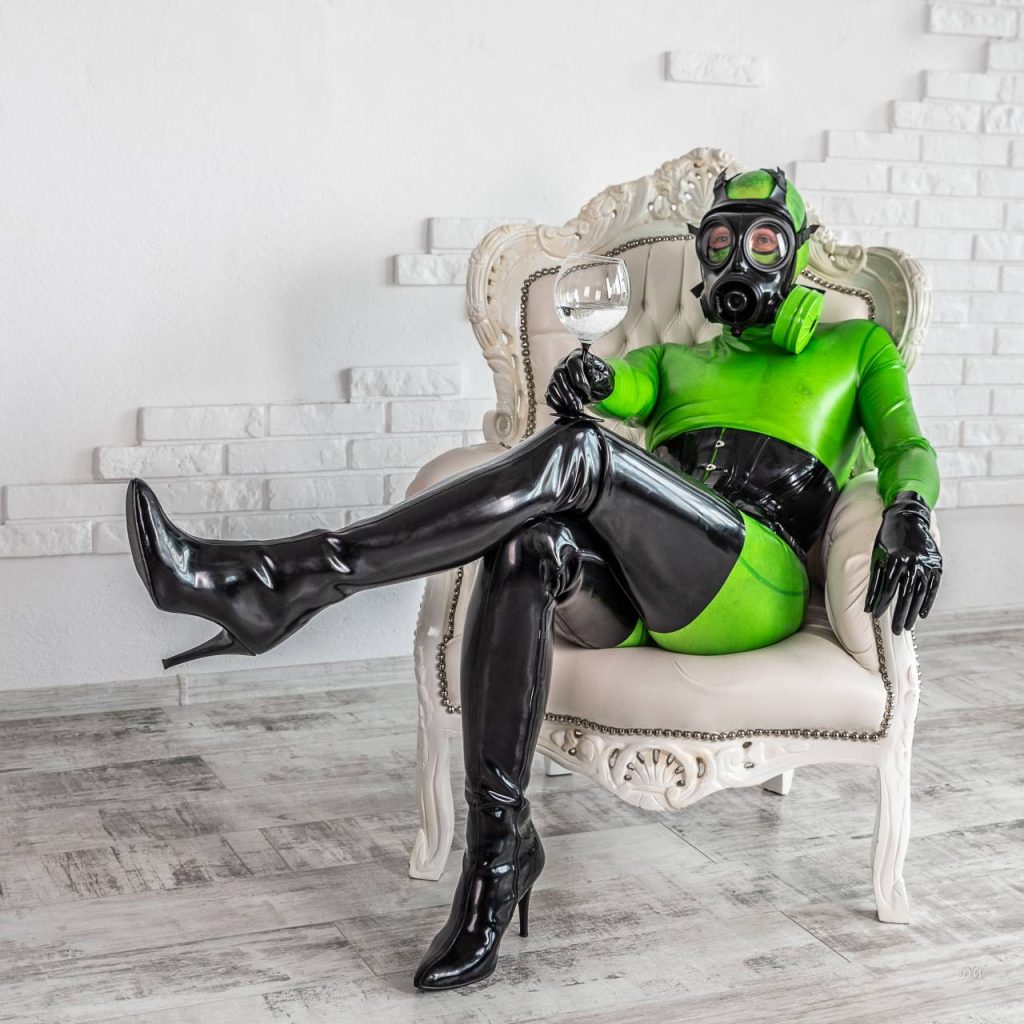
How do you recognize real latex? The best indicator is certainly experience. A person who has some experience with latex is more likely to be able to evaluate the fabric. However, there are several characteristic elements. First, latex is glued or moulded, not sewn. This is the case in the vast majority of cases. Indeed, it happens that latex is additionally sewn in some places, but this is rare and is intended to strengthen the joints of the fabric. Most often, all joints are glued and no seams are visible. So if you see a garment and it has visible seams (not gluing), it is not latex. It is also worth paying attention to the zippers. They too are glued into the garment – there are no seams, and there are visible glue spots. Finally, you also need to evaluate the appearance and how the cloth fits. Latex usually clings to the body and shines. Sometimes it characteristically wrinkles in places such as knees, elbows and various bend areas. For looser clothes, too, the way real latex lays down is characteristic.
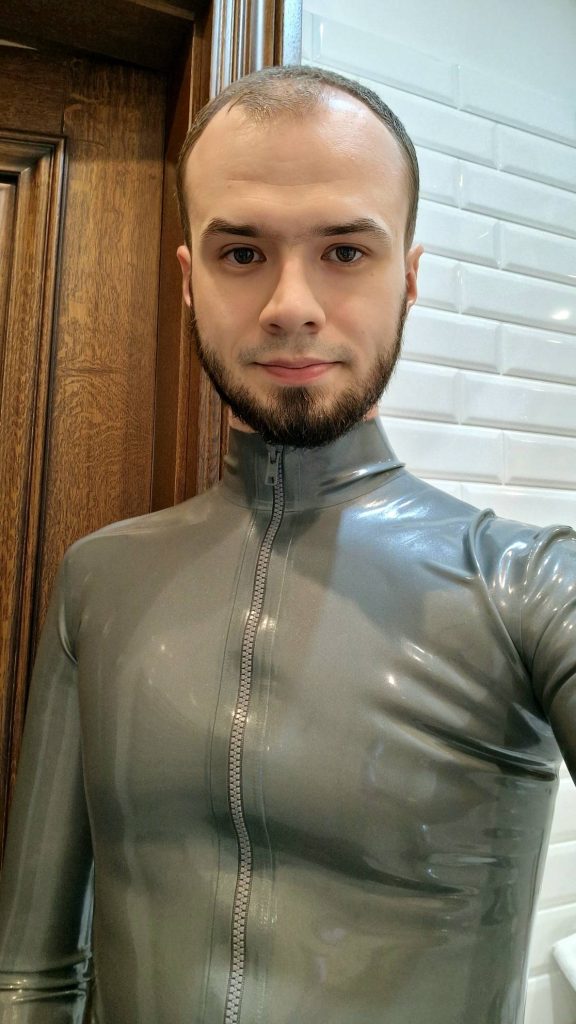

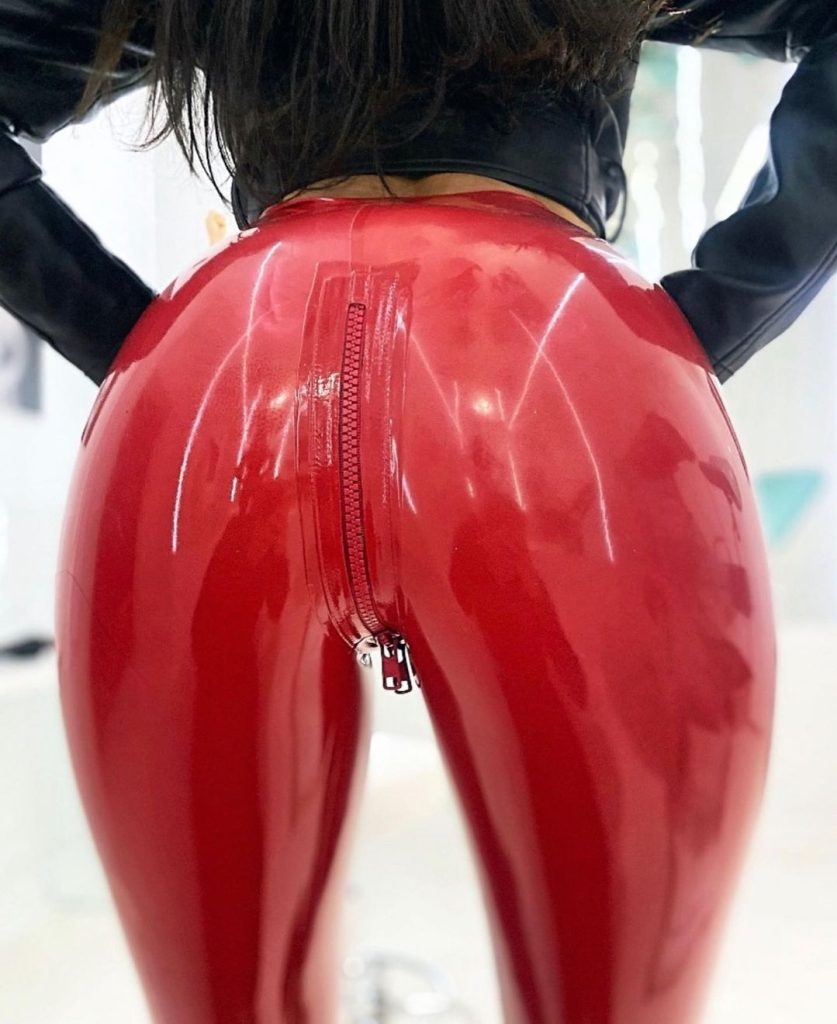
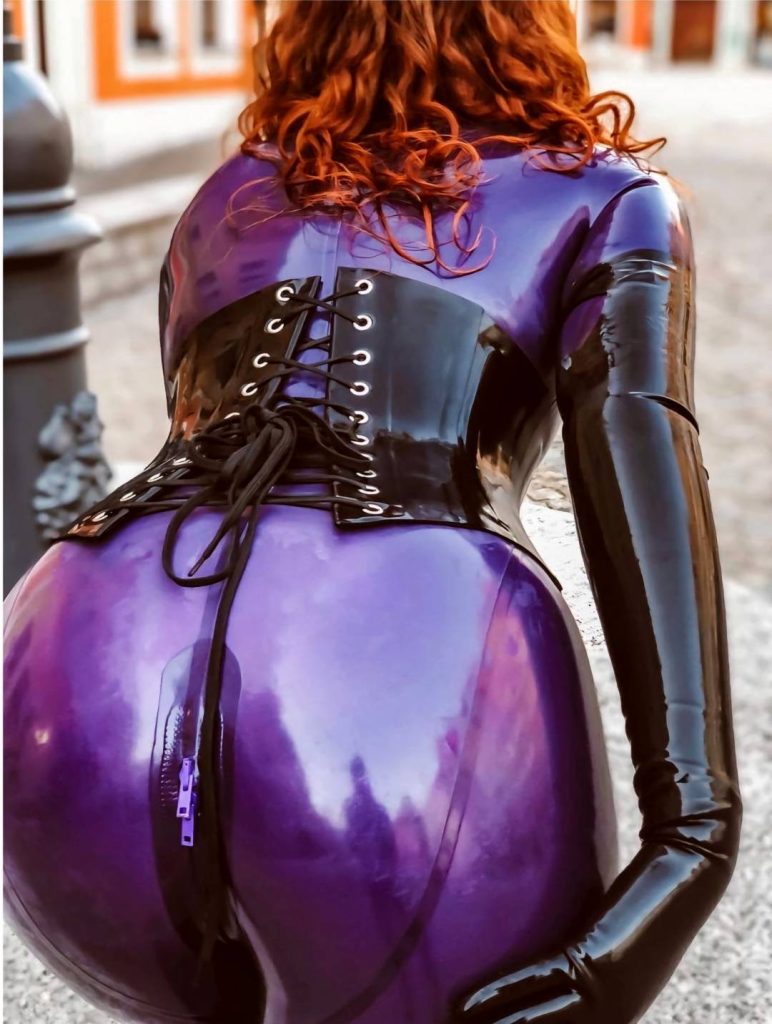
or in part without the permission of the author.

